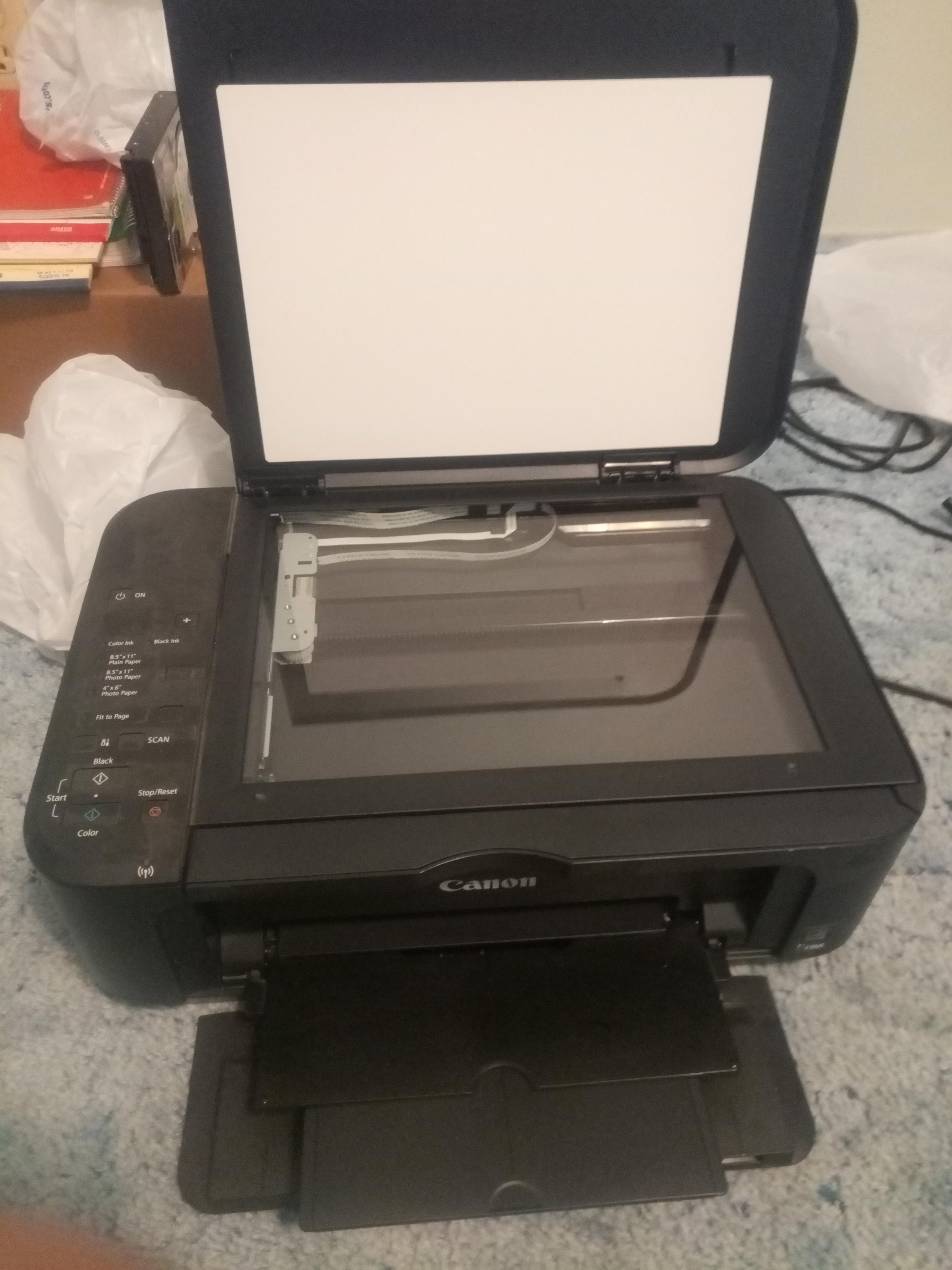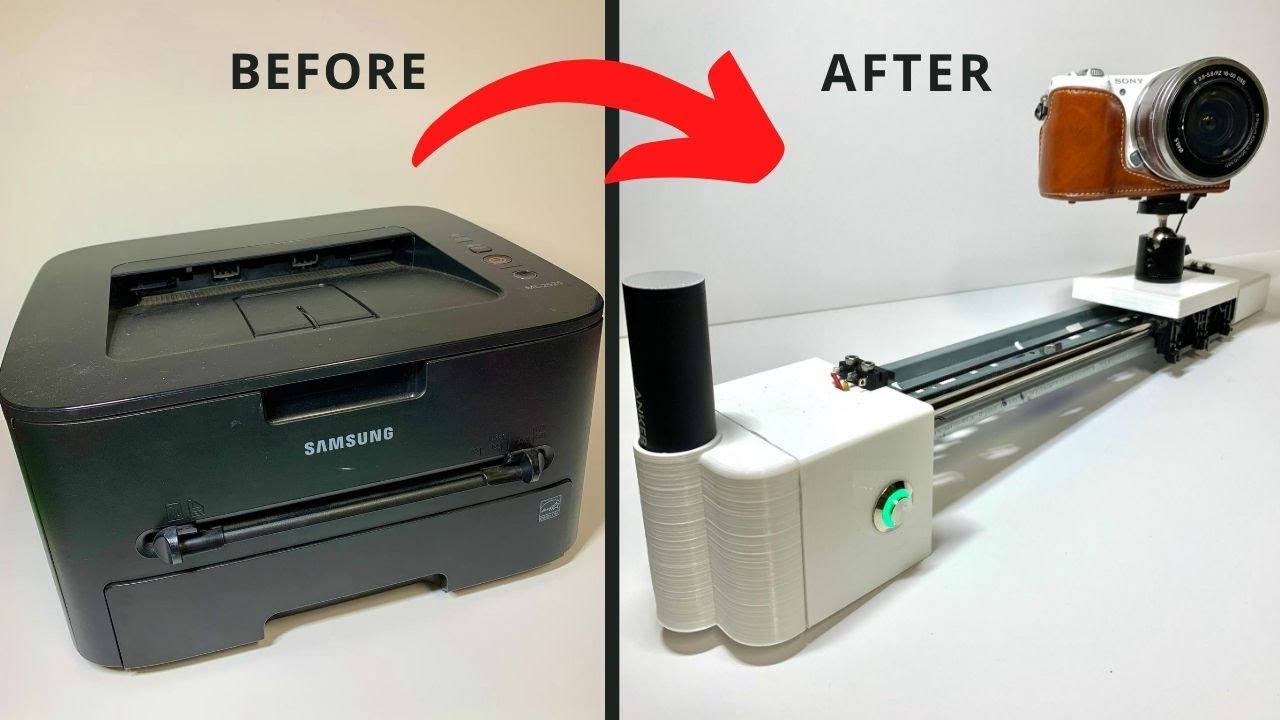Unlocking Potential: What Can You Do With Old Printers?
Introduction
Old printers often languish in our homes, gathering dust and being of little use. But did you know there are numerous ways you can bring these outdated devices back to life, saving you money and helping the environment? In this blog, we explore ingenious and creative things you can do with old printers. Whether it's handling repairs and upgrades, transforming them into 3D printers, or exploring their possible contributions to STEM learning, there's a wealth of possibilities locked within them. Buckle up, and let us unlock these potentials together!
Recognizing the Value of Old Printers: Why Keep Them?
While it's easy to dismiss old printers as obsolete, they can still hold considerable merit. Here's why:
1. Repurposing: Old printers can take on new life through various ingenious repurposes, thus providing a cost-effective alternative to buying new gadgets.
2. Education: The process of maintaining and troubleshooting old printers is a potential learning curve, augmenting your technical skill set. This can be especially beneficial for parents and educators looking to foster a hands-on approach to STEAM education at home or in the classroom.
3. Environmental Conservation: Old printers are often comprised of elements that can be recycled or reused, which helps diminish electronic waste and underlines the importance of sustainable practices.
However, it's crucial to be aware of a notable downside:
4. Potential Costs: Although upgrading and repurposing old printers may initially seem like a cost-cutter, investing in outdated technology may end up costing more in the long run due to repair, maintenance, and inefficiency. Therefore, it's vital to conduct a cost-benefit analysis before proceeding with refurbishing older devices.

How to Repair and Upgrade Your Old Printer?
Revitalizing an old printer to regain its functionality can be a highly economical solution, as well as a rewarding technical exercise. In this section, we will walk through a step-by-step guide to repairing and upgrading your printer, providing a comprehensive understanding of its inner workings at the same time.
Diagnosing the Problem
The initial phase involves understanding the nature of the problem obstructing your printer's performance. Listed below are some of the common issues you might encounter, along with the probable causes.
- Subpar Print Quality: If your printer isn't producing the quality you expect, consider checking the toner or ink cartridge. It might be empty or nearing its end.
- Slow Processing: Is your printer taking forever to print a single page? The printer's memory might be insufficient or overloaded.
- Persistent Paper Jams: If your printer is frequently experiencing paper jams, the paper feed mechanism, especially the paper rollers, could be the culprit.
Cleaning Your Printer
Before delving into the intricate world of upgrades and replacements, first, let's explore cleaning- a simple yet often effective solution. Dust and ink accumulation is a common occurrence in older models, hampering their performance. Reliable cleaning kits are available in the market that provide a safe and straightforward cleaning process.
Time for Upgrades and Replacements
Upgrading your printer could range from a manageable task like enhancing the printer's memory to a more intricate job like replacing a deteriorated paper feed roller. Here are components you might consider for upgrades or replacements:
- Memory: Installing additional RAM improves your printer's ability to process large files more efficiently.
- Paper Feed Rollers: When paper jams become frequent, replacing worn-out rollers could solve the problem.
- Print Head: If you see streaks or spots on the prints, replacing the print head might be in order.
Bear in mind the cost-effectiveness of the upgrades. Assess whether investing in these components will provide a suitable return considering the printer's age and overall condition.
Can an Old Printer be Transformed into a 3D Printer?
Amazingly enough, the answer to that question is a definitive "Yes!" The transformation of an outdated printer into a 3D printing machine is not just feasible; it's a creative, engaging, and potentially cost-saving project. However, this transformation requires a certain level of technical knowledge. Here's how you can turn an old printer into a 3D printer.
1. Identify Components for Reuse: In your old printer, certain components like the stepper motors, power supply units, and timing belts can be reused for your 3D printer project.
2. Gather Additional Materials: Depending on the type of 3D printer you want to build, you may need additional materials. 3D printing forums and guides can offer useful insights.
3. Follow a Guide: If you haven't built a 3D printer before, it would be beneficial to follow guides available online. There's a vast array of articles and YouTube tutorials available for converting an old printer into a 3D one.
4. Enjoy Cost Savings and Sustainability:
- Cost Savings: Buying a new 3D printer can be costly, but this transformation provides an economical alternative.
- Sustainability: By reusing old printer components, you are reducing electronic waste, contributing to environmental sustainability.
So, armed with an old printer, some additional materials, an online guide, and a commitment to sustainability, you could be on your way to making your very own 3D printer.
What Creative Uses Can Your Outdated Printers Serve?
Finding creative uses for your old printers enhances their lifespan while providing a unique exploration of technology and artistic expression. Here are a few exciting ways to repurpose them:
a) Educational Tools: Disassembling old printers provides valuable insights into engineering and technology. It can be a hands-on experience for those interested in tech, fostering their inquisitive nature while encouraging critical thinking.
b) Tech-Art Projects: Get your creative juices flowing by transforming mundane printer parts into avant-garde art pieces. Motors, gears, and springs serve as unconventional art materials, giving you room for endless imagination and creativity.
c) DIY CNC Machine: With some technical know-how, you can convert old printer parts, like rails and carriages, into a Computer Numerical Control (CNC) machine. This tool can be instrumental in engraving or cutting materials like wood, plastic, and certain metals.
d) Robotic Projects: Discovering the world of robotics becomes easier when you repurpose printer motors as drivers in various projects. This innovative approach not only saves cost but also is eco-friendly.
e) Crafting Components: The plastic and metallic parts from old printers can find a new lease of life in craft projects. These could range from stylish jewelry pieces to impressive model buildings.
Remember, creativity knows no bounds – and your old printers are no exception! The potential uses for old printers are as versatile as your imagination.
Recycling and Donating: How to Dispose of Old Printers Correctly?
It is imperative to dispose of your old printers responsibly. This involves considering the environment while making the most of the beneficial opportunities that come with recycling and donating.
Recycling
Opting for recycling is a commendable way of managing outdated printers.
• Independent recycling: If you are knowledgeable about printer internal parts, you can recycle your old printer independently. This can be done by extracting valuable parts to use in other machines or selling to interested parties.
• E-waste recycling facilities: An easier and efficient way is to use legitimate e-waste recycling facilities for safe and eco-friendly disposal. These facilities have specialized processes for reutilizing valuable components from your printer.
• Manufacturer's take-back programs: Many prominent printer manufacturers provide take-back programs for their products. By participating in these programs, you can ensure your old printer is recycled responsibly.
Donating
Consider donating your used printer if it still works but isn't needed.
• Educational institutions: Schools, colleges, and universities may find value in your old printer for basic printing purposes or technological demonstrations.
• Non-profit organizations and community centers: Non-profit groups and community organizations often have limited funds for office supplies and can appreciate such donations.
If your printer is in good condition, consider selling it on online resale platforms or trading them for scrap to extract valuable metals. Whichever method you choose, remember that the environmental blueprint we leave behind matters immensely. So, opting for a sustainable disposal method for your old printer can make a world of difference.

Conclusion
Turning your old printer into something useful or creative doesn't just save you money, but it also benefits the environment. Whether it's repairing, upgrading, transforming, or recycling, the potential untapped within your old printers is vast. So next time you consider discarding your old printer, think twice! There might be more you can do than meets the eye.
Related FAQs about what can you do with old printers
How can I make money off my old printers?
There are several ways you can monetize old printers. If they're operational, consider selling them on online resale platforms like eBay or Craigslist. If they're not, you can sell them as scrap or extract valuable components to sell separately. Participating in manufacturer's take-back programs can sometimes also offer financial incentives.
How can old printers be used in STEM learning?
Old printers can be invaluable resources for hands-on STEM learning. Dismantling them provides insights into engineering principles and technology functioning, fostering problem-solving and critical thinking. Transforming them into 3D printers can teach about new technology. Their components can be used in robotics or DIY projects, introducing electronics and programming concepts.
Are there sustainable ways to manage my old printers?
Yes, responsible disposal of old printers can be both ecologically and economically beneficial. Opt for recycling through reliable e-waste facilities or manufacturer's take-back programs, donate to educational institutions or non-profits, or upcycle them into new tech devices. By choosing sustainable practices, you contribute to reducing electronic waste and conserving resources.


